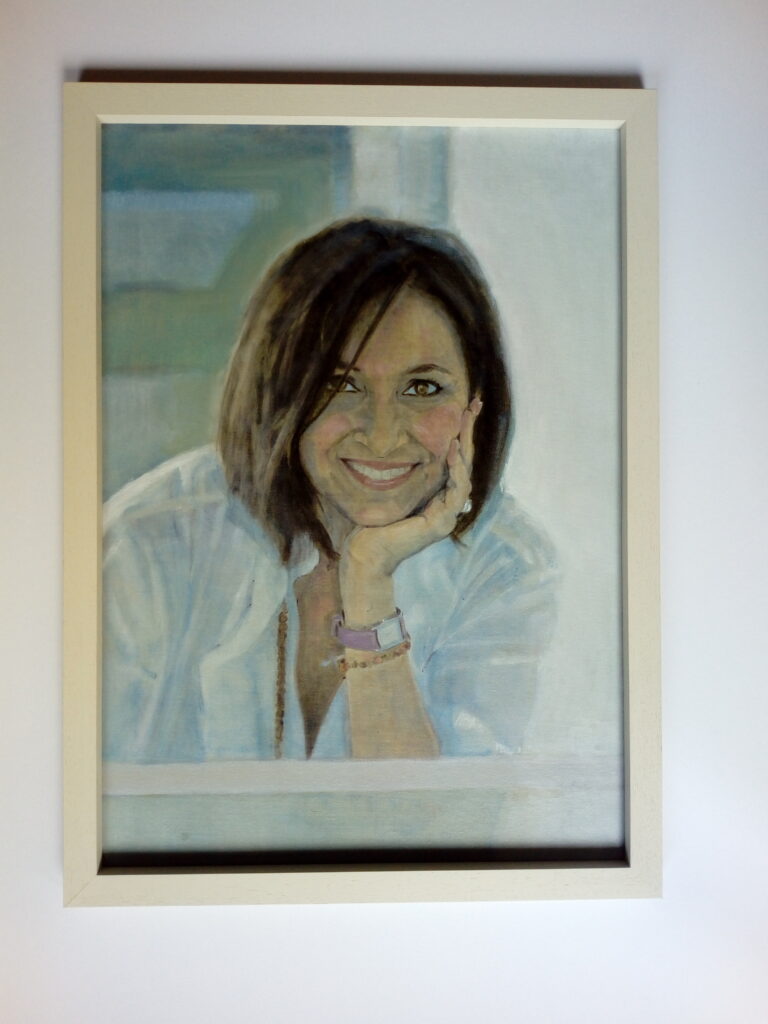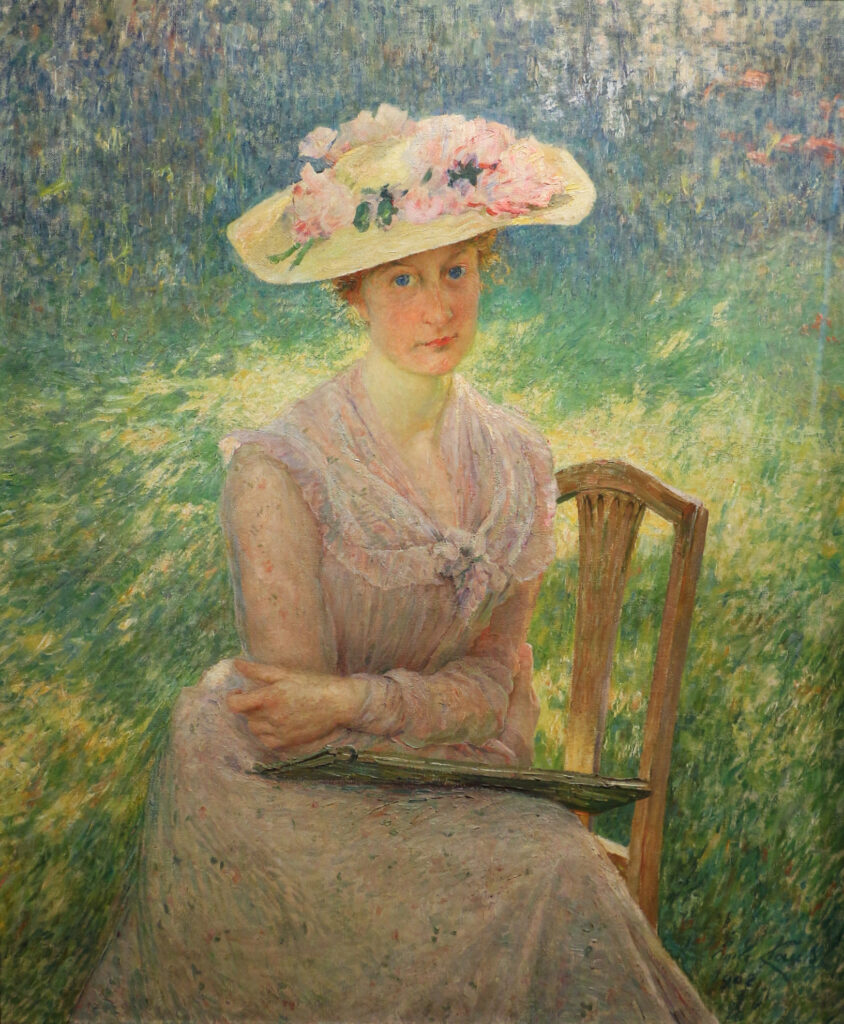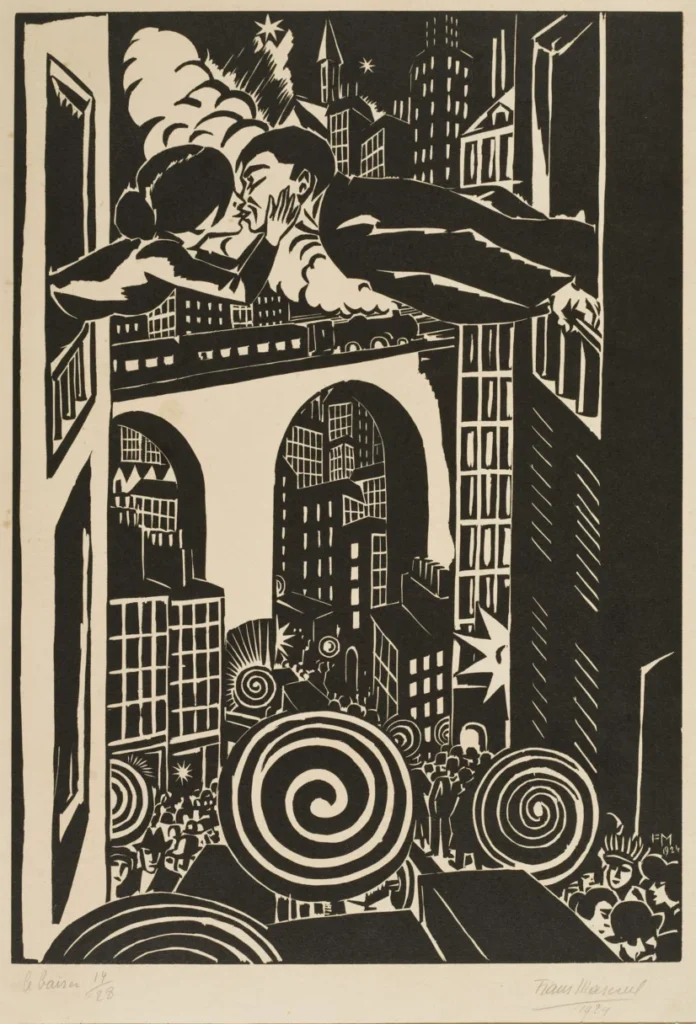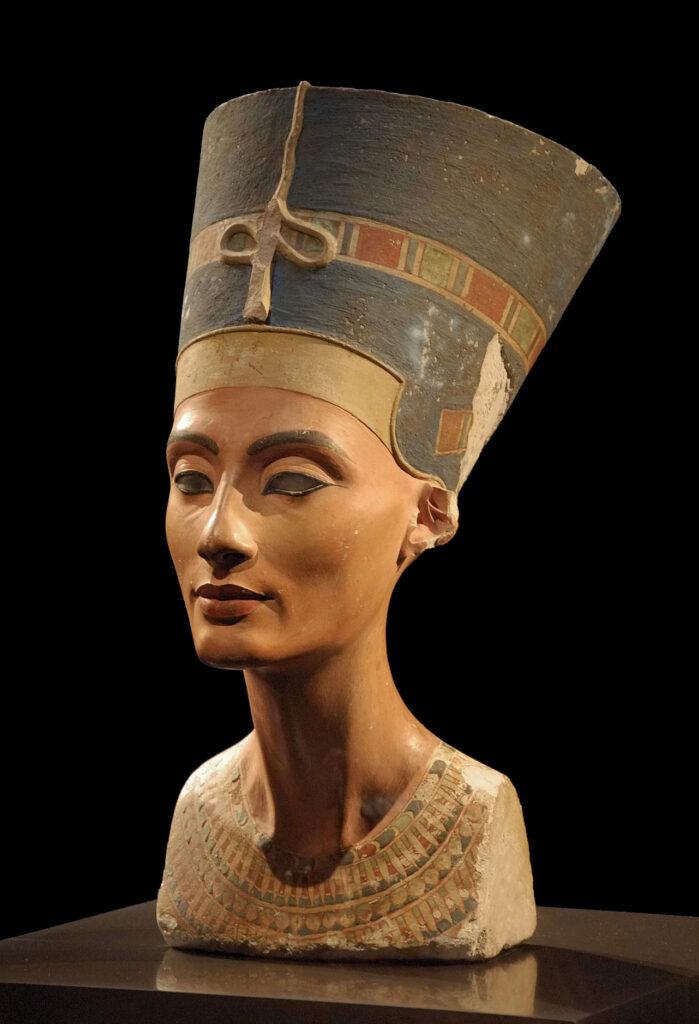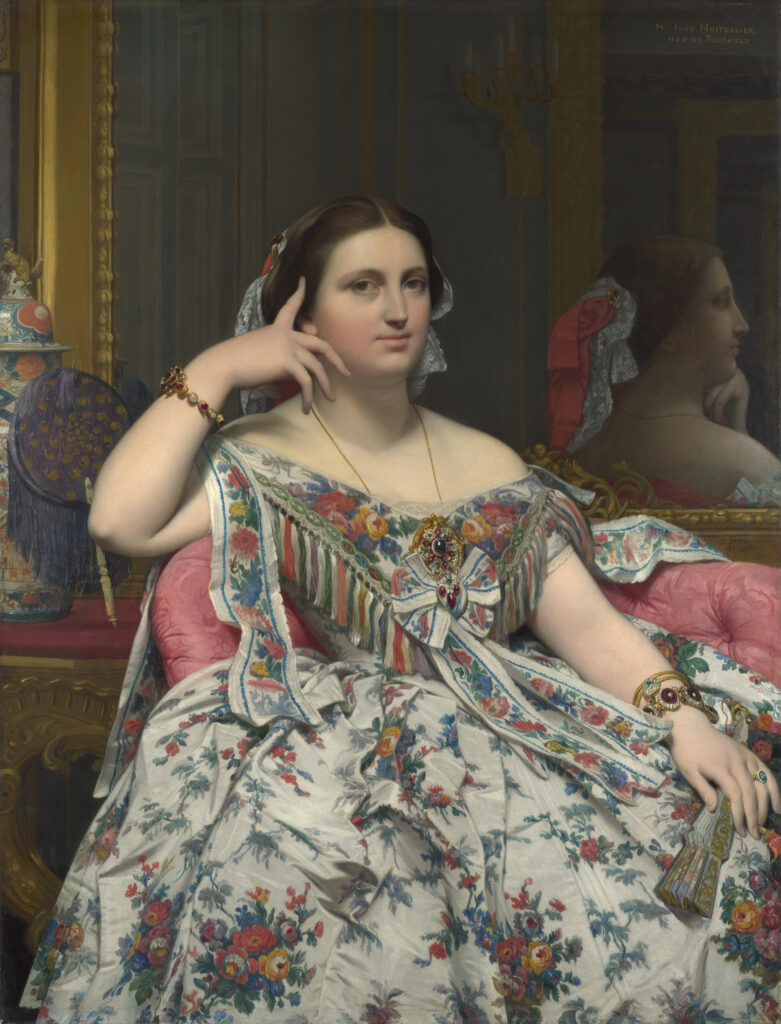Jean-Marie De Dijn
De uiteindelijke studie, zo volledig als menselijk mogelijk is, wordt voorzien voor begin volgend jaar of 2023.
Dit deel is meteen een wereldprimeur want nooit en nergens voordien en waar ook werd ‘iets’ als politieke genealogie gelanceerd, niet voor de bestudeerde periode 1939 – 1947 maar ook nooit voordien op deze wereldbol.
Na de publicatie van deze studie – steeds op het gratis ter beschikking staand www – volgt een intense studie rond woekerhandel in WO II voor dezelfde stad Ronse.
En zo veel meer, dikwijls weer omtrent Ronse maar niet alleen. We hebben immers nog ongeveer tienduizend bladzijden manuscripten liggen omtrent politiek gedrag in WO II.
We proberen dat allemaal af te werken, onder de noemer “BURGERZIN EN LOGICA”, voor de periode 1939 – 1947. Dank voor geduld want met tijd en boterham geraken we hopelijk tot in Uw PC!
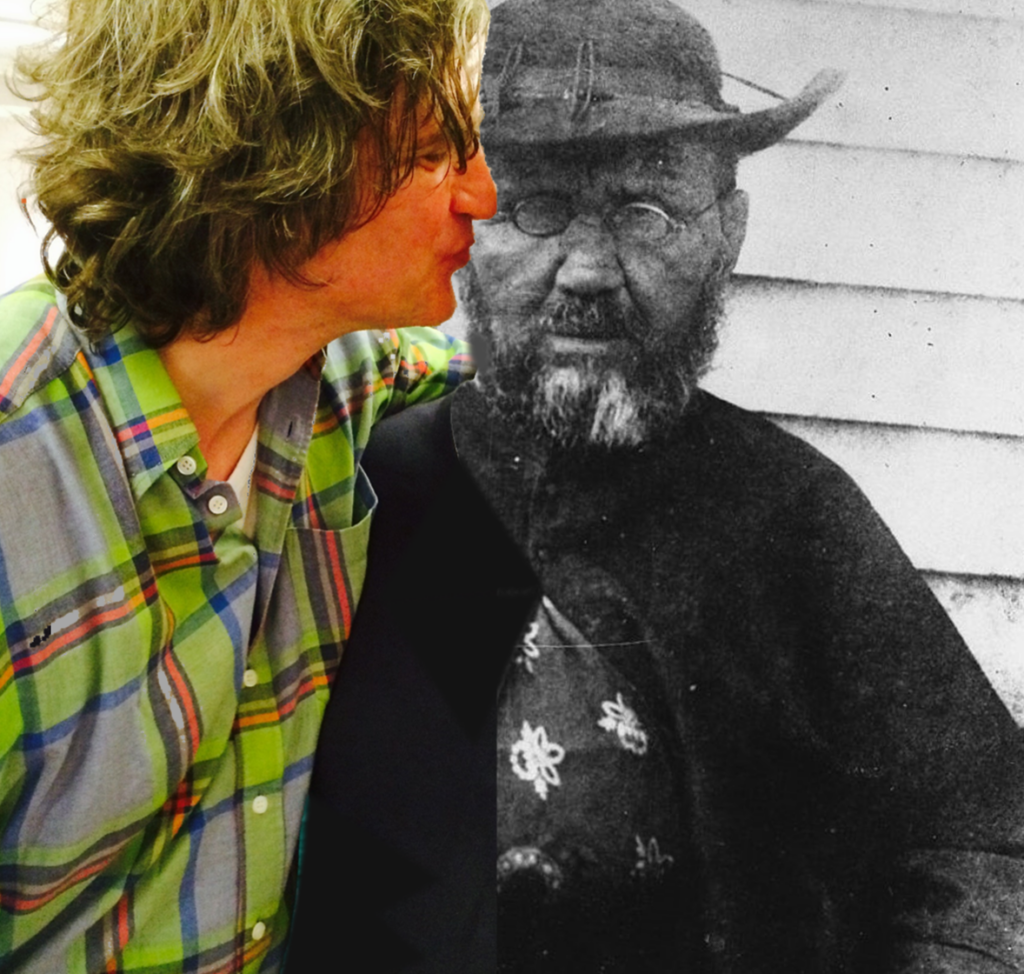
Jammer genoeg kunnen wij door langere ziekte dit werk ook niet voorstellen als doctoraat in de moderne geschiedenis, terwijl het nochtans het meest vernieuwende geschiedenisproject is omtrent WO II sinds … WO II – en inderdaad niet alleen voor de Lage Landen.
Dit is menselijk werk. Het is werk rond mensen in een zeer speciale tijd.
Het is werk mogelijk gemaakt door ploeteren in een reeks archieven maar ook deels tot geheel onmogelijk gemaakt door gebrek aan toegang tot archieven, door vernietigde archieven en zo voort.
Het is ondanks de allerbeste bedoelingen en ambities bijgevolg onmogelijk perfect werk.
Iemand, of velen, mag/mogen ons ooit en liefst zo snel mogelijk met veel plezier verbeteren. We wensen haar, hem of hen goede moed en veel geluk.
Warning against the quadruple and state-led Belgian historical deception around the Second World War
On October 21, 2024, the federal research institute Cegesoma reported in the press that this organization is starting a publicly accessible inventory of all Belgians who submitted a resistance status about WWII. It goes without saying that this initiative is very good news, at least if it starts real scientific research such as we ourselves have been doing since 2005. However, there are no fewer than four forms of historical deception associated with this apparently open and democratic initiative.
1) Of course there were resisting people who were sincere as well as efficient. Serious and thorough research shows that there were also resisting people who simultaneously/before/afterwards also participated in: economic even military collaboration, black market trade, denunciations, murder, theft, arson and extortion (resistance terrorism, especially by the communist ‘resistance fighters’) and then obstruction/manipulation of the Belgian judicial system that lasted for decades as well as falsification of local and national historiography. For some of the aforementioned reasons there have been sincere and efficient resisters who never wanted to apply for a status, because they were too disgusted. They cannot officially be inventoried, but they cannot be ignored.
2) The most important data of the convicted Belgian collaborators (either convicted by the court-martial, or due to legal purge – both systems have been extremely negative from a democratic or legal and social point of view) are, in contrast to this same message from Cegesoma, directly available. They have been inventoried by Cegesoma for at least fifteen (15) years and are available with a specific database. It is a complete lie by a federal or government institution that it will take still a few more years to carry out the same inventory, as is now the case around resistance. We have been able to view – and use – this data at Cegesoma ourselves, for the Belgian city Ronse.
3) The numerically most important resistance in Belgium during WWII was undoubtedly the refusal to work, against the compulsory labour in Germany. This mainly took place in socialist circles. The many – mainly family – helpers (who can also be called resisters) have almost never received an official status, usually not even requested it. Consequently, the largest group of resistant Belgians is completely unknown with this inventory.
4) The most necessary or most urgent resistance in WWII, was without the slightest doubt the saving of the Jews, homosexuals, gypsies and the mentally ill who were persecuted by the Nazis. The Belgian state never devised/issued a statute for these rescuers or moral heroes. This is not surprising because the so-called real very ‘patriotic’ resistance fighters had, with a few exceptions, no interest in this form of resistance. Most names of Belgian Jew rescuers are scientifically well known. Yet they do not appear at all in this inventory. Incroyable – but real.
These – four – undeniable observations testify to essential missteps or one big moral, political and scientific disgrace – by, we repeat, a Belgian federal institution and the only government organization in the country that focuses on the history and historiography of WWII. As a Belgian taxpayer, you are simply laughed at by this federal institution. And as a human being, citizen, child, grandchild and so on, genuinely curious about an extremely important part of Belgian and European history, you are effectively being misled. Why? And for how long?
October 31, 2024,
Jean-Marie De Dijn
(formally studied philosophy, sociology, theology, pedagogy and modern history. Informally also …)
Gallery - The Most Attractive Women in History
Introduction.
Text in stressstruction.
Mósa – Mohave, Edward S. Curtis (1868 – 1952), photograph, 1903, The North American Indian, Volume 2, plate 61 + and online.
Lucella alias Luce Caponegro, May Oostvogels (1960), acryl, 2022, private collection.
Jenny Montigny (1875 – 1937), Emile Claus (1849 – 1924), oil, 1902, Museum voor Schone Kunsten, Brussel.
Acis and Galathea Revisited, Romeo Castellucci (Castel Gandolfo, Palazzo Pontificio, Ricevuto Immacolato or ab urbe condita del teatro mondiale, 1???), photographic sketch, 20– (work in long progress), private collection.
Le Baiser (De Kus – The Kiss), Frans Masereel (1899 – 1972), woodcut, 1924, 14 op 28, (dit exemplaar in) Museum voor Schone Kunsten, Gent.
Nefertiti Bust, Thutmose, painted limestone, circa 1.345 BC, Neues Museum in Berlin
Madame Moitessier, (Jean-Auguste-Dominique) Ingres (1780 – 1867), oil, 184…London.

Работница (Female Worker), Malevich, Kazimir (born as Kazimierz Malewicz + Казими́р Севери́нович Мале́вич + 1879 – 1935), oil, 1933, State Russian Museum (Государственный Русский музей), Saint Petersburg
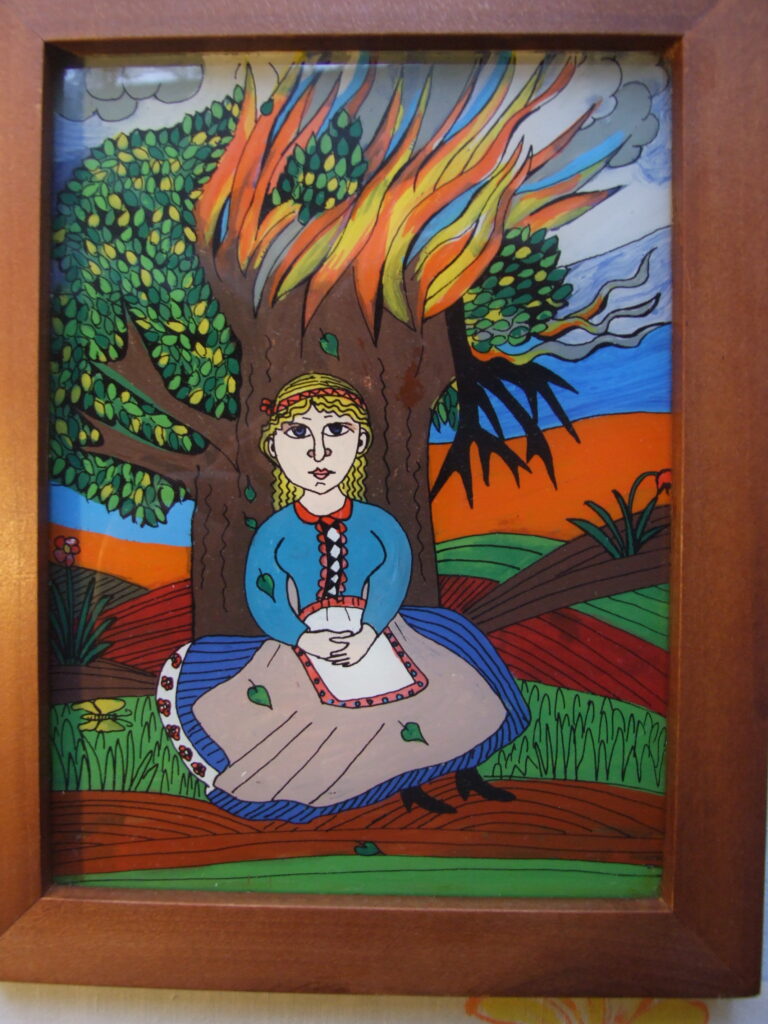
front
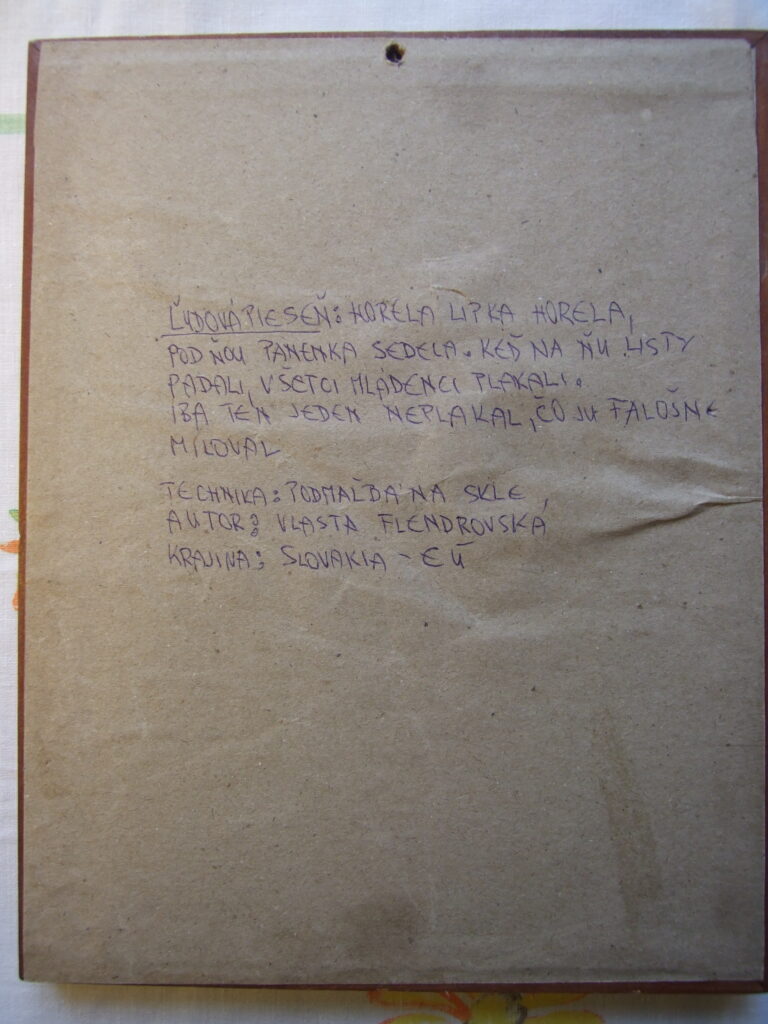
back
Ľudová pieseň (A Folksong), Vlasta Flendrovská (1984), Maľba za sklom (Behindglass painting or Reverse glass painting)
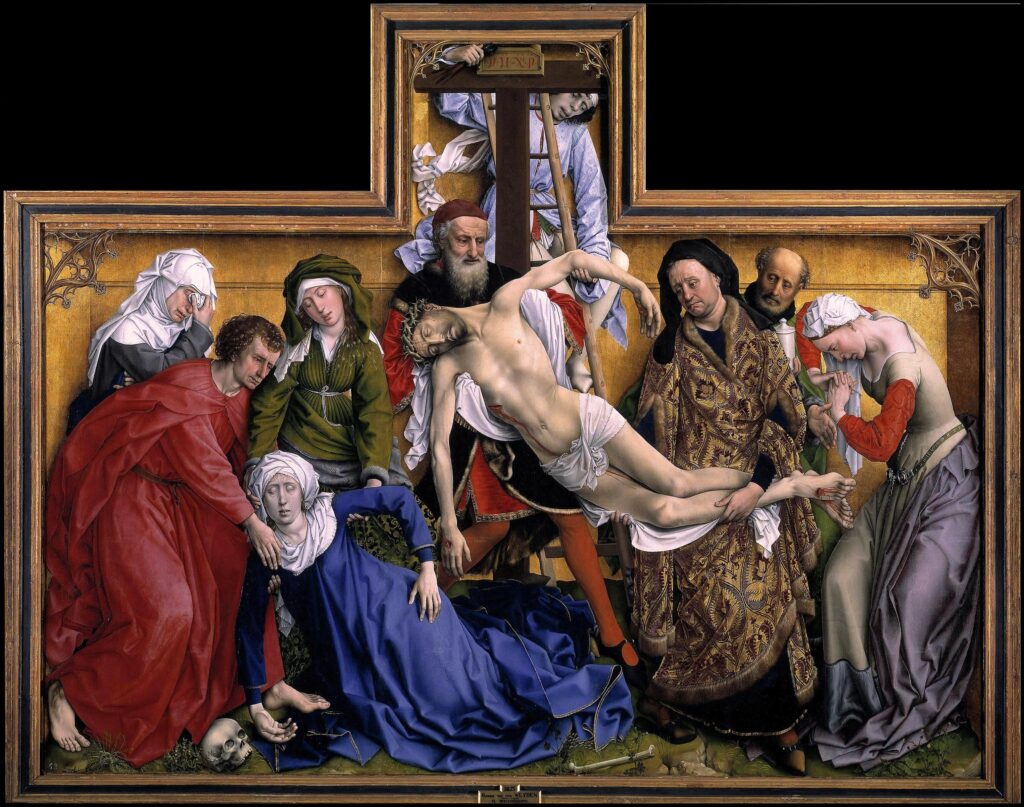
The deposition or the descent of the cross, Rogier Van der Weyden, oil on oak panel, cicrca 1435, Prado, Madrid

Female model for French Job-cigarettes, Alphonse Mucha (1860 – 1939), lithographic poster in colours, 1896 (etc.), in some collections worldwide


Fillette au chat noir + Marguerite au chat noir, Henri Matisse (1869 – 1954), drawing and oil, 1910, The Art Institute of Chicago, USA + Centre Pompidou, France
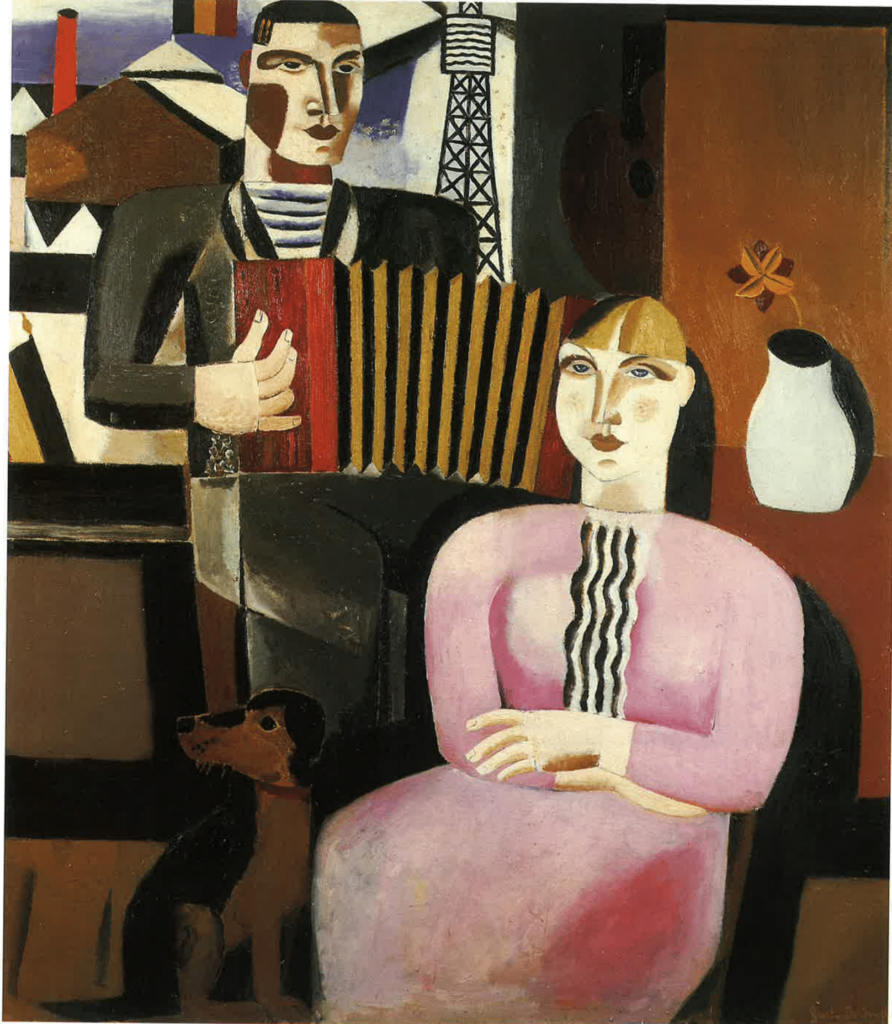
De harmonicaspeler, Gust De Smet (1877 – 1843), oil, 1926, private collection
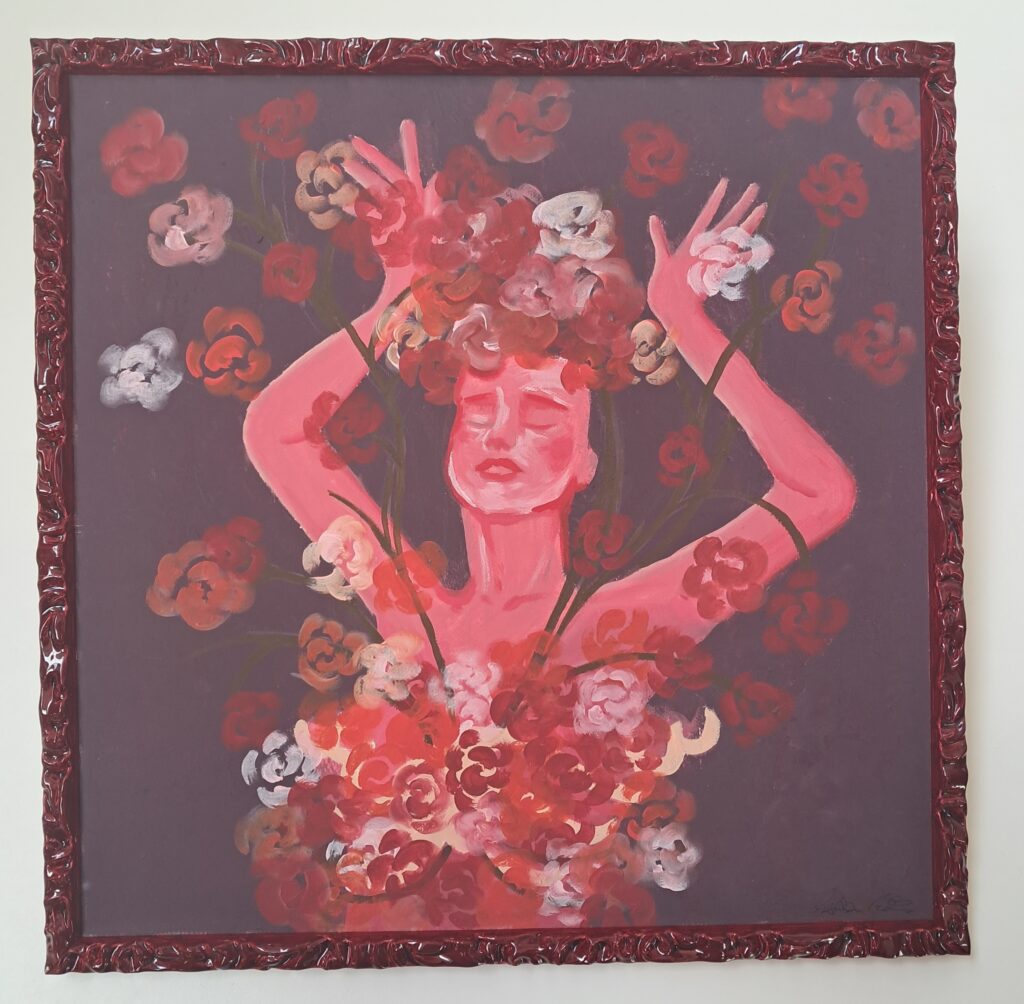
Fiatal Flóra, Kálmán Borbála (2006), acryl, private collection

